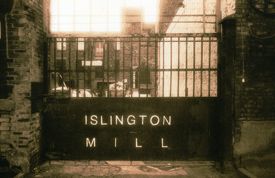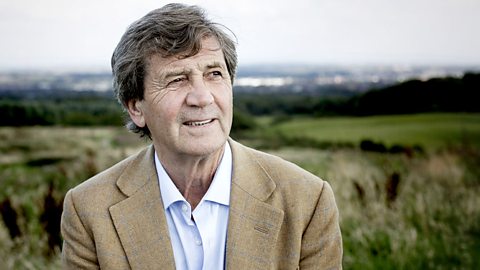Ten minutes walk from Manchester city centre is Islington Mill Studios, a former cotton-spinning mill which has been rehabilitated as the ultimate bohemian art space, thanks to the not inconsiderable efforts of ex-Central St. Martin’s fashion student and Salfordian Bill Campbell. Around 50 artists live and work on the site producing a range of frequently exhibited artworks including jewellery, ceramics, paintings, films, photography and installations. In addition, Islington Mill is a notable music venue, hosting festivals, gigs and club nights throughout the year. It also offers life-drawing and yoga classes, has bed and breakfast facilities and a reference library. In short, it’s a positively thriving hotbed of creativity.
It’s the perfect venue for a series of talks held in conjunction with the University of Salford on art and its utilitarian role as a tool for social change. This may sound rather lofty, but many would argue that there is an underlying usefulness to art which transcends the merely decorative. For an artist, the creative process and its associated depths of feeling are paramount, but for the public engaging with the finished product a number of responses are possible. Art at its best is something more than personal endeavour and a passing sensory experience. If it can inspire finer feelings that we can identify as contributing to our well-being, it can perhaps be said to have performed a sort of public duty.
The Victorians were ardent champions of such a philosophy. They understood the medicinal effect of art and attempted to introduce it to areas of the country where poverty and unremitting labour were the norm. The industrial powerhouse that was Manchester had its fair share of the poor, destitute of hope and beauty, the things that make life seem more than mere existence. The guest speaker at a recent talk, independent curator Anna Colin, discussed at length the role of art in Victorian philanthropy. They believed that exposing the industrial poor to beautiful objects would bring some light into their bleak lives, and that art as a whole might act as a civilising force by engaging the poor in their leisure hours, of which they had relatively few.
Anna focussed our attention on the work of Thomas Horsfall, the son of a Manchester-based cotton manufacturer who dedicated much of his time to bringing art to the poor. Once referred to as a ‘civic saint’, Horsfall was instrumental in the establishment of the Art Museum in Ancoats in Manchester’s East End in 1886. Here especially, the living conditions were particularly harsh, as my grandmother who lived in Ancoats in the early 1900s would later recall to me. Horsfall firmly believed in the transformative power of art and had the grudging support of the famous Victorian art critic John Ruskin, who supplied copies of paintings by Turner and William Holman Hunt to the museum.
In keeping with the Victorian legacy of art and civic engagement, Anna also discussed her role in setting up Open School East, an art school and communal space in Hackney which will open in September 2013, and which, very much like the Ancoats Museum did, aims to project the enriching experience of art and creativity beyond its walls by involving local residents and organisations in projects and activities. For this very worthy project Northern Soul wishes her well.
Review by Matthew Graham
 What: Intervention Talk Series, guest speaker: Anna Colin
What: Intervention Talk Series, guest speaker: Anna Colin
Where: Islington Mill Studios, Salford
When: May 1, 2013
More info: www.islingtonmill.com











